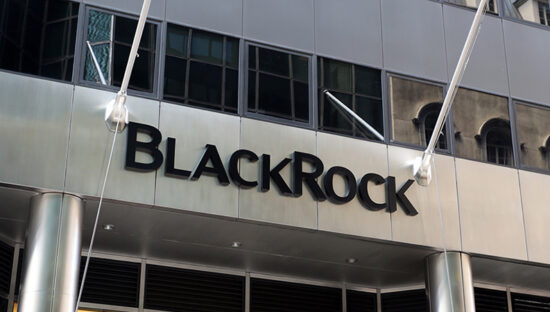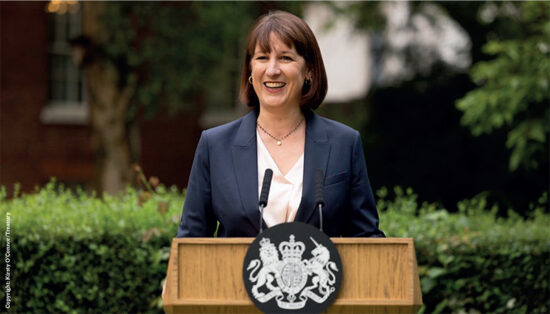South Africa’s international ties have left its financial services industry with a familiar feel. Financial products are distributed through a blend of tied agents, independent advisers and direct channels. Platforms are commonplace, and unit trusts and Oeics tend to be the products of choice for most investors.
Equally, it has left it with some familiar problems – accusations of commission bias and a heavy compliance burden.
South Africa had a ‘good’ crisis, thanks largely to its relatively conservative and domestically focused banking sector, but also to the exchange restrictions that had limited the holdings of foreign assets.
The football World Cup in 2010 also came at a serendipitous moment, bringing capital inflows into the country at a time when the rest of the world was in chaos. Nevertheless, the crisis did reverse some of the phenomenal growth seen in the financial services sector over the past ten years and prompt a government rethink on its supervision.
New framework
In February 2011, the National Treasury created a new framework for South Africa financial services. In effect, this looked like the ‘macroprudential’ type rules that had been put in place in a number of the major developed markets.
The Reserve Bank was given lead responsibility for prudential regulation and the Financial Services Board looked after consumer protection.
The Association for Savings and Investments SA (ASISA) was formed in 2008 as an amalgamation of various representative bodies, and now represents the majority of South Africa’s asset managers, collective investment scheme management companies, linked investment service providers, multi-managers, and life insurance companies.
The National Treasury’s analysis of the sector in 2011 was unflinching, in spite of its decade-long growth at an average of 9.1% (broader economic growth has averaged 3.6%).
“The South African financial sector is characterised by high and opaque fees, and, in some cases, the unfair treatment of customers. For savers, particularly the poor and vulnerable, savings instruments are limited, expensive and inappropriate.”
South African GDP per capita (projections)

Consistent standard
The result has been the implementation of a ‘Treating Customers Fairly’ initiative, which aims to create consistent standards of consumer protection.
In practice, the sector has developed in a similar way to the UK. Jaco van Tonder, sales director at Investec Asset Management, says: “Independent financial advisers reached around 50% of the market in the heyday of the 1990s but, although product and fund flow-wise they have been holding their own, they have reduced in number.
“The compliance burden has been a tremendous strain on the financial models of advisers, which has helped tied agents.”
He says many financial advisers have now adopted RDR-style changes (the UK’s Retail Distribution Review) to their business models. Product providers have followed suit, building an advice fee component into their offering, or reducing high upfront commission payments.
To some extent, this seems to have reversed the trend. According to ASISA, tied agents still dominate in the mass retail market, but their influence is waning.
Tied agents’ overall contribution fell 13% from 2002 to 2010. Most of this market was picked up by independent brokers, who gained 12.2% market share.
Standard Bank uses internal and external intermediaries alongside its direct offering.
Michael Nudlbichler, head of offshore services at Standard Bank, says there is generally a climate of trust for financial advisers within South Africa.
He adds: “Clients happy to take the direction of financial advisers. As such, it is a very important part of our distribution.”
Client segmentation also mirrors the UK market – ultra-high net worth and family office money tends to be managed by the private banks, while the wealth of the mass affluent wealth is spread across different markets and the lower end tends to be served by tied agents.
Retail mass
Of the different markets, the ‘retail mass’ and ‘retail mass affluent’ sectors are growing fast and remain relatively under-penetrated in terms of financial services, particularly long-term insurance.
For example, according to Old Mutual analysis, there has been a 46% growth in the retail mass market potential over the past five years, from 4.11 million in 2006 to 6.0 million in 2010.
It says there are an increasing number of black and young people with more disposable incomes in this area. In contrast, the top segment of wealth has shown some declines.
South African investors use a relatively sophisticated range of products. Nudlbichler says for South Africans, one of the prime reasons to invest is for diversification.
“The relaxation of exchange controls means investors can look at hedge funds, bonds, equities within South Africa and across various currencies.”
Trend reversal
Nudlbichler says the recent crisis also reversed an historic trend to look at international providers for exposure to these diverse asset classes.
He says: “People realised they never knew what the organisations’ liabilities were when investing internationally. The exposures of the South African banks were a lot clearer.”
van Tonder agrees South Africans tend to use domestic providers, but adds this is also logistical rather than necessarily out of choice.
“Very few offshore players have a regulatory presence in South Africa. The market is not open to the big foreign groups.”
He adds this is largely as a result of exchange controls, which – although diminishing – continue to influence the market.
South Africans have not been immune to the climate of risk aversion that has been seen globally over the past few years. Statistics from ASISA shows that, in spite of a strong shift to asset allocation funds in recent years, investors still hold the bulk of their money in domestic fixed interest funds (money market, bond, income and varied specialist funds).
Positive start
At the end of last year, more than 50% of domestic assets under management were invested in fixed interest funds.
That said, the Domestic Asset Allocation category did better than the Domestic Fixed Interest Money Market category at the end of 2011.
The former now holds r277bn (28% of the industry), compared to r252bn for money market funds (25% of the industry). This is in spite of a relatively strong performance from the commodities-heavy South African equity market, which is up 81% over the past three years, helped by an extremely positive start to 2012.
This puts it substantially ahead of many major developed markets, but it has been volatile, seeing significant falls in 2008 as capital fled the country.
This capital flight also put pressure on the currency, which has been a perennial problem.
Nudlbichler says that, among Standard Bank’s product range, structured products have proved par-ticularly popular. Investors are trying to hedge market and currency risk and certain structured products at least reduce or eliminate one of the variables.
Of course, South Africa is not without its problems. Corruption and crime still hold back growth across the country, in spite of government initiatives.
The currency can still be extremely volatile, inflation is an issue and there is a crisis in education that may continue to derail wealth creation. The country’s political legacy undoubtedly weighs heavy across its society.
Projected growth
But through its commodities wealth, the country is exposed to some of the fastest-growing regions in the world. It is projected to grow between 3% and 4% for the next five years (source: IMF) with per-capita income rising from $8,658 to $9,973 by 2016.
It continues to benefit from the commodities wealth across sub-Saharan Africa – its relatively sophisticated financial markets mean companies across the region continue to use it as a local base. As with all emerging markets, the opportunities are significant, but they do not come without risk.








